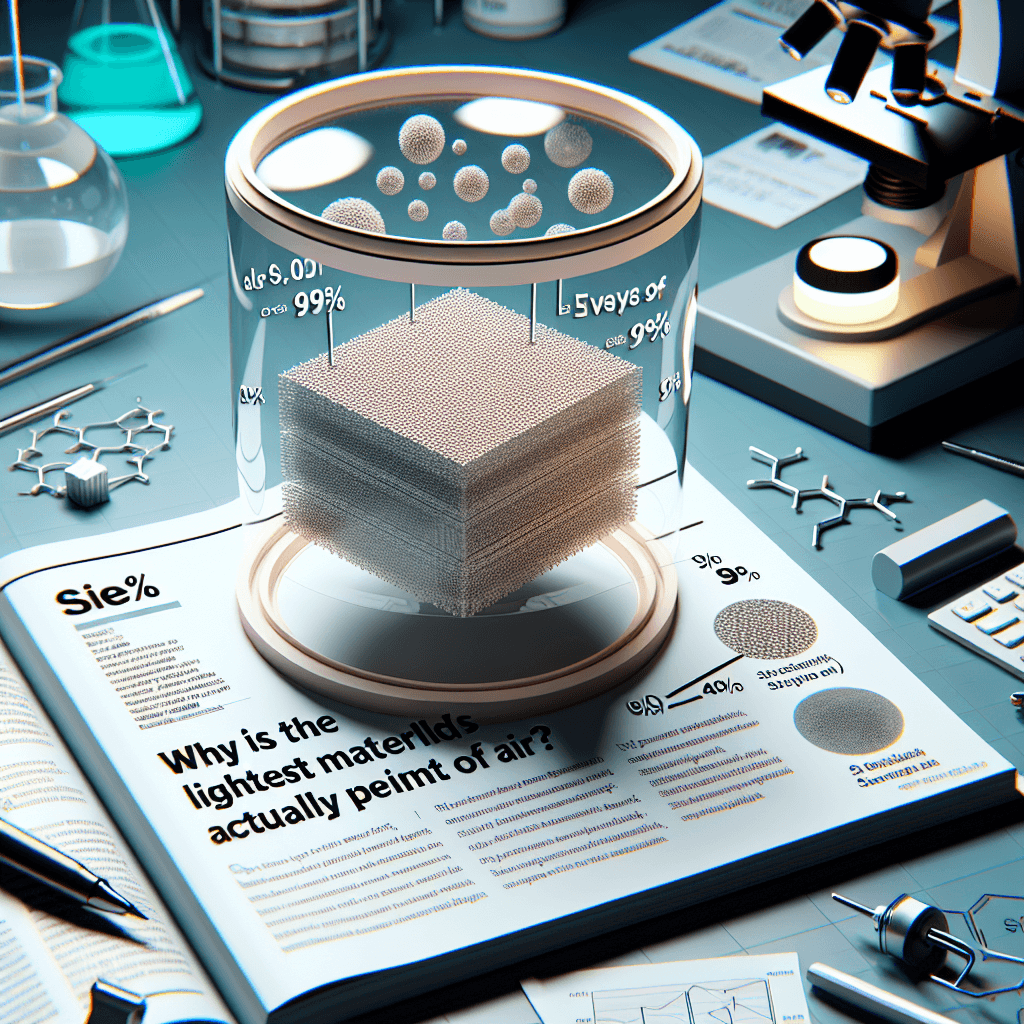Why does frost on a window form such beautiful, fern-like patterns
It isn't magic painting your windowpane, but a beautiful quirk of physics. Discover how a single, invisible imperfection on the glass can bloom into an entire forest of icy ferns overnight.


Too Long; Didn't Read
TLDR: Frost's fern-like shapes are fractals. Ice crystals form on tiny imperfections on the glass and then branch out in a repeating pattern as they pull in more water vapor, creating the feathery designs.
The Icy Art of Nature: Why Does Frost on a Window Form Such Beautiful, Fern-Like Patterns?
Have you ever woken up on a frigid morning to find your windowpane transformed into a delicate, crystalline canvas? Instead of a simple sheet of ice, you see intricate, feathery patterns that look like they were etched by a master artist. These beautiful, fern-like structures are a common winter sight, but the science behind their formation is anything but simple. This seemingly magical transformation is a perfect example of physics and chemistry working in harmony. This post will explore the fascinating process of how water vapor conspires with cold glass and microscopic imperfections to create the stunning dendritic patterns of window frost.
From Water Vapor to Ice: The Fundamentals of Frost
Before we can understand the patterns, we must first understand how frost itself forms. The process is a beautiful phenomenon known as deposition. For frost to appear on your window, three key ingredients are necessary:
- A Cold Surface: The surface of the window glass must be below the freezing point of water (0° C or 32° F).
- Moisture: There must be water vapor present in the air. On a window, this is usually the warmer, more humid air inside your home.
- A Temperature Gradient: The air inside your home is warmer and holds more moisture than the cold, dry air outside.
When the warm, moist air inside comes into contact with the freezing-cold windowpane, it cools rapidly. This causes the water vapor to change its state, but it doesn't turn into liquid water first. Instead, it skips the liquid phase entirely and transforms directly into solid ice crystals. This direct transition from gas to solid is deposition, and it's the foundational step for every frost pattern you see.
The Starting Point: Imperfections and Nucleation
If a window were perfectly, atomically smooth, frost would have a much harder time forming. The intricate patterns we see don't just appear randomly; they need a starting point. This is where a scientific principle called nucleation comes into play.
Every pane of glass, no matter how clean it looks, is covered in microscopic imperfections. These can include:
- Tiny scratches
- Specks of dust
- Pollen grains
- Residue from cleaning solutions
These imperfections act as nucleation sites, or seeds, for ice crystals. A water molecule floating in the air finds one of these anchor points, latches on, and freezes. This first crystal becomes the base upon which the entire fern-like structure will grow. The random distribution of these nucleation sites is why frost patterns often start in different spots and grow outwards, eventually meeting to cover the entire pane.
Enter the Dendrite: The Birth of the Fern Pattern
So, why do the crystals grow into ferns and not just simple blocks? The answer lies in a process called dendritic growth. The word "dendrite" comes from the Greek word dendron, which means "tree," perfectly describing the branching patterns.
Here's how it works:
- Initial Crystal Formation: As the first water molecules freeze onto a nucleation site, they form a tiny ice crystal.
- Release of Latent Heat: The process of freezing is not a passive cooling. As water vapor turns into ice, it releases a tiny amount of energy in the form of heat, known as latent heat. This slightly warms the area immediately surrounding the new crystal.
- Growth at the Tips: Because the area right next to the flat sides of the crystal is now marginally warmer, it's more difficult for other water molecules to freeze there. However, the pointed tips and corners of the crystal stick out further into the colder air and remain the coldest points.
- Chain Reaction: Consequently, new water molecules are far more likely to attach and freeze onto these colder, protruding tips. As they do, the tips extend, creating new points that become the most favorable spots for the next molecules to attach. This chain reaction of growth—always favoring the outermost points—forces the crystal to grow outwards in branching, finger-like projections, creating the stunning fern-like structure.
The final design of this icy masterpiece is influenced by several factors. The level of humidity, the exact temperature of the glass, and even subtle air currents can change the speed and direction of the crystal's growth, ensuring that no two frosty windows are ever exactly alike.
Conclusion
The next time you gaze upon a frost-covered window, you'll know you're not just looking at ice, but a dynamic record of physics in action. What appears to be a delicate, magical painting is actually the result of water vapor turning directly into ice through deposition, beginning on microscopic imperfections through nucleation, and branching into elegant shapes due to the unstable, heat-driven process of dendritic growth. These beautiful patterns are a powerful reminder that some of the most complex and breathtaking art in the world is created by the simple, unwavering laws of nature.
More Articles

Why is the world's lightest solid material actually made of ninety-nine percent air?
It looks like a piece of frozen smoke and feels almost weightless—discover the mind-bending science behind how this ghostly material gets its incredible strength from being almost entirely empty space.

Why do stacked plastic cups sometimes get so impossibly stuck together?
That stubborn stack of plastic cups isn't just stuck; it's being held hostage by a powerful vacuum and the simple laws of physics.

How can a sea slug eat a jellyfish's stingers and then use them for its own defense?
This soft-bodied slug commits the perfect crime, eating a jellyfish's venomous stingers only to wield them as its own deadly defense.